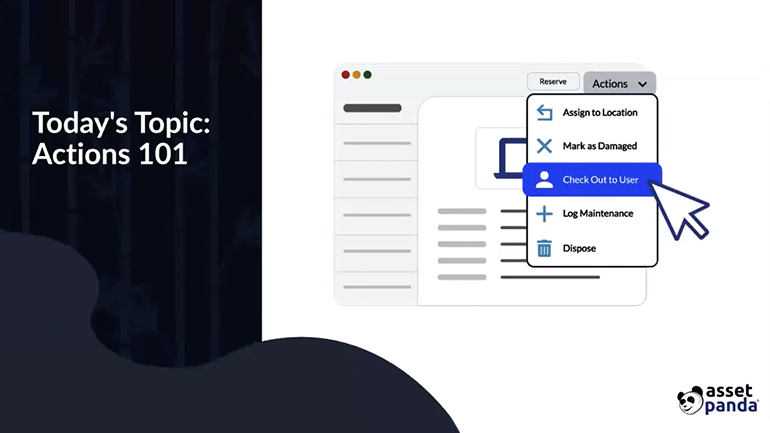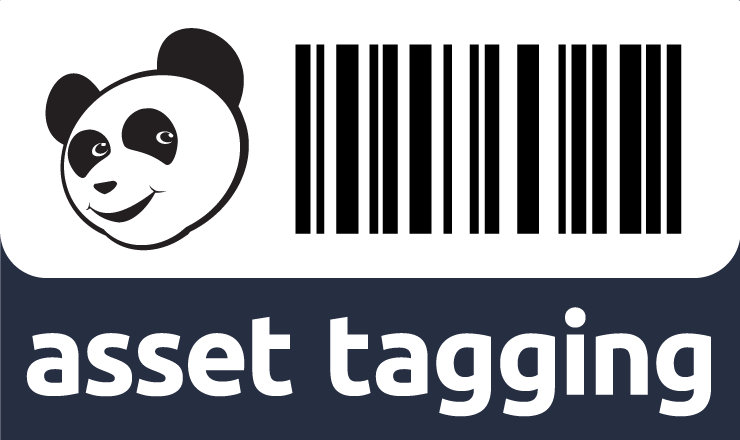Best Practices to Conduct an Equipment Inventory Audit

It's no secret that equipment management is key to keeping track of your assets and boosting your team's efficiency. But to maintain an effective equipment management program, you can't just set it and forget it – you need to regularly review the state of your asset inventory to ensure your data is up to date. In other words, you must conduct routine audits of your tools and equipment.
Whether you're brand new to auditing your equipment or need to refine your existing processes, we've got you covered. With the right plan and tools in place, audits don't need to be a daunting, time-consuming task.
In this guide, we'll show you how easily you can create a repeatable process for auditing your equipment inventory. Let's review the elements of equipment inventory audits, their importance, and tips to build an effective audit process.
What is an equipment inventory audit?
An equipment inventory audit is an assessment of an organization's tools and equipment. An audit not only involves confirming your overall equipment inventory count but also corroborating an individual asset's location, condition, and status.
An equipment inventory audit aims to provide up-to-date records for your tools and equipment so you can determine any discrepancies and increase accountability in your organization. Whether your organization uses tool kits, construction equipment, or other industrial equipment, keeping a pulse on these valuable items helps streamline workflows and prevent loss.
The importance of equipment inventory audits
- Accurate equipment records: When you routinely conduct equipment inventory audits, you'll ensure that your asset records are up-to-date and accurate. Accurate asset records not only help you effectively manage your current inventory but also plan for future purchasing needs.
- Better equipment utilization: Since audits help you identify underutilized tools and equipment, you can, in turn, optimize your resource allocation and lengthen the lifespan of those assets to ultimately save money.
- Increased safety and compliance: By routinely verifying the status and condition of your equipment, you can increase the safety of your field workers operating said equipment. Plus, you'll improve your compliance with any regulatory requirements and industry standards, avoiding the legal and financial risks associated with non-compliance.
- Improved efficiency: Accurate equipment inventory records enable your team to assign assets more efficiently, maintain routine maintenance, and plan and budget for future purchases. Plus, keeping an eye on your equipment's current state helps ensure your employees have the right tools they need to do their jobs effectively.
Building an effective equipment inventory audit process
Now that we've reviewed the importance of equipment inventory audits, you may wonder, "How do I efficiently conduct these audits?" In order to do so, there are various steps to take to ensure you have a pulse on your current equipment inventory and, of course, the right tools to audit it. Let's look at how you can build an effective equipment inventory audit process.
Planning your audit
As with any process, the first step in your audit procedure is to plan and document exactly what it will look like. Define the objectives of an equipment inventory audit along with each step of the process. It's important to note you may have multiple iterations of this documented process, as there may be slightly different steps to take when auditing different kinds of tools and equipment. Of course, be sure to include any relevant resources (e.g., links, help center guides), stakeholder information, and timelines in your documented audit process.
Choose the right equipment audit software
Once you've taken stock of your full equipment inventory, you need to ensure you have the right equipment management software in place to audit it effectively. If you're using an equipment asset management platform, see what audit capabilities it offers – you may already have an audit solution at your fingertips!
Whether you're vetting your current equipment management solution or other audit tools, here are a few features to consider that will make your audits as efficient as possible:
- A mobile app: Equipment audit software that offers a mobile app can save your team lots of time and energy. Rather than carrying a laptop or bulky scanner through an office, warehouse, or job site, your employees can more easily (and safely!) get to what they need. Plus, a mobile app will save you even more time if it offers...
- Built-in barcode technology: A mobile app with built-in barcode technology will not only save your team even more time but will also reduce the risk of errors by eliminating manual entry. This technology will also allow you to easily create barcodes or QR codes for new items in the future and avoid the additional cost of scanners.
- Unlimited users: With the ability to add unlimited users to your equipment inventory audit platform, you'll be able to get your entire team on the same page. Not to mention, you can easily build and assign audits to the right team members to help you stay on schedule.
- Robust audit reporting: While you want to make the actual audit process as easy as possible, you can't draw the right insights without the correct reports. Ensure that your chosen solution offers robust reporting filters and/or an entire audit dashboard so you can effectively analyze your data and make better, informed decisions.
Create and assign audits
With your equipment inventory accounted for and your asset audit software in place, you're ready to actually build and assign your audits. As you create these audits, consider the different segments for each, such as location, group (e.g., hardware or software), category (e.g., laptops, monitors, servers), etc. Of course, if your organization is on the smaller side, you may only create a couple of audits to start.
Once you've built your audits and trained your team on your documented audit process (more on this later), you can assign them to your team members. If it's possible in your software, set your audits to your desired recurring frequency (e.g., monthly or quarterly) to maintain data accuracy.
Analyze audit reports
After your audits are completed, it's time to analyze the reports. While you may have other specific metrics to evaluate, you'll primarily want to use these reports to note any discrepancies within your equipment inventory. Of course, missing items are the most significant discrepancies to consider. Still, they also factor in any unexpectedly damaged devices, devices in different locations than expected, or ones with different statuses than expected (e.g., assigned to an employee when they were expected to be available).
Audit reports will allow you to hold your employees accountable as needed for any lost or damaged assets and identify trends and potential room for improvement over time.
Remediation and action
If you've identified any discrepancies or non-compliance issues within your audit reports, you can then take the necessary steps to hold the right people accountable and correct policies as necessary. During this step, you may also need to update your equipment records to account for these discrepancies so your data is current. However, if you're completing these audits directly through your equipment asset management system, your records will update automatically once the audit is completed.
Equipment inventory audit best practices
Once you've built out your equipment inventory audit process, you're ready to put it into action. Here are some best practices to help you effectively implement your plan and maintain accurate data.
Training your team
As with any new process, training your team on your newly created equipment inventory audit routine is essential. This training should include the key stakeholders in this process and their team members who may be assigned audits at some point. As you continue to conduct audits and identify any trends or discrepancies, repeat the training as necessary.
Finally, add a live or recorded training session to new hire onboarding for the key stakeholders and teams involved in the equipment inventory audit process – this will help you ensure that team members, old and new, will understand the procedure and be prepared for future audits.
Tag your tools and equipment with barcodes
As we mentioned in the asset identification step of the audit process, creating unique asset IDs and, ideally, labels for your equipment is crucial. When you take the time to tag your equipment inventory items with barcodes or QR codes, your team will realize various benefits by eliminating the need for manual asset entry. By accounting for items with a single scan, you'll save time and have more accurate and reliable data at your fingertips.
Conclusion
With the right process and software in place, regularly auditing your equipment inventory is a breeze. If you're still searching for a comprehensive equipment audit solution with built-in barcode technology, Asset Panda can help.
Asset Panda is a fully customizable equipment management and audit platform. With our robust web and mobile apps, you can manage your entire inventory from anywhere. Our built-in barcode technology makes it easy to create, print, and scan your own barcode labels (and, of course, conduct routine audits to keep your data up to date!).
If you're ready to see how Asset Panda can help you better manage your equipment inventory audits, request your demo today.
Related News & Press

Learn more from an Asset Panda expert
Get a FREE consultation with an asset tracking expert to find out how you can transform your asset tracking.
Contact our Sales Team at (888) 928-6112


